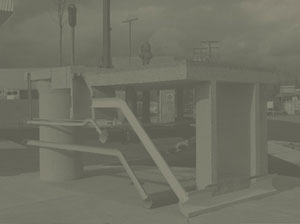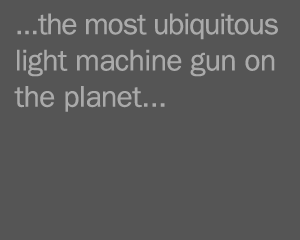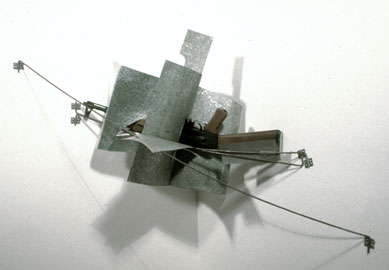Shortly before the Russian Revolution of 1917, artistic production in Tsarist Russia had begun its abstract climb out of Cubo-Futurist subjectivism and Suprematist mysticism, toward Constructivism and later Productivism; the latter developing out of attempts to reconcile aesthetic functionalism with industrial production, anticipating a goal of emancipatory social praxis. The concepts of faktura and tektonika were applied to the pragmatic tasks of production, organized as a theory of socially transformative motivation for material practice, and projecting a reflexively-developed link between art-making and social betterment - the functional application of art praxis to forms of everyday life.
This now-mythologized revolutionary art historical period lasted less than a decade, yet it is still widely regarded as the opening moment in the development of a progressive modernist avant-garde; it established a theoretical framework for future considerations of advanced artistic practices, and became the context against which new art would often be measured throughout the twentieth century. However, the utopian communal context within which it was originally framed diminished rapidly in the early years of the 20's, until by the end of the decade it had been transformed into the realpolitic of Stalinist authoritarianism; its progressive artistic character was replaced by the monumental heroic manifestations of socialist realism.
Vladimer Tatlin's Corner Counter-Relief of 1915, in terms of artistic development and spatial inventiveness, established at once the progressive vocabulary of three-dimensional abstract formalism, derived from the representational still-life reliefs of Picasso and Braque he had seen in Paris in 1913. His work's dynamic entry into lived space, without the anchoring redemption of mimesis, suggested an emancipatory pragmatic functionalism wherein abstraction could become the liberating cipher for freedom and progress within developing socialist consciousness. Tatlin's simple hand-made fabrication techniques and common shop materials anticipated the Productivist link between proletarian artists' work and participatory production, along with factura's program of socially transformative making.
But conversely, only thirty years later, one recognizes in the work of the engineer and machinist Mikhail Kalashnikov that the progressive, optimistic impulse of the post-revolutionary soviets' reflective relation to production has been severely diminished, if not thoroughly destroyed. His assault rifle of 1947, the Avtomat Kalashnikova, commonly known as the AK-47*, represents the impacted, alienated image of industrial fabrication pressed into universal murderous service. The abstract linear, planar and schematic example of Tatlin's singular project implodes under Leninist and Stalinist re-organization, as factory 5-year plans (with their proto-capitalist Fordist and Taylorist methodologies) regulate the steel stamping, drilling, boring, forging, pattern-cutting and machine-shaping of weapons production. The hand-made transformative experimentalism of Tatlin's Corner-Relief has transmogrified into the mass-produced assembly--line Cold-War-era assault rifle.
This aptly-categorized device continues in licensed and unlicensed production in scores of countries around the globe and is now the most ubiquitous light machine-gun on the planet, with over 100 million produced. Like its Western counterparts, it serves only one function, which is to kill human beings. It has, through its aggressive and destructive functionality and unending reproduction, established itself as the universal branded image of violent transgression, insurgent uprising and enforced "liberation" throughout the world.
The post-revolutionary experimental-lab period of Soviet art, with its optimistic promise of aesthetic social transformation, was quickly submerged by Lenin's New Economic Policy of 1921 and Stalin's declaration of socialist realism as official state policy in 1934; but it did not disappear entirely, making its transformed and modified re-appearances in some Western art of the 60's and 70's. But within a catastrophic period of thirty years, between 1915 and 1947, there emerged its brutal and distopic converse, organized toward human annihilation; and the instrumental rationality of global production, untrammeled consumption and endless warfare assumed its dismal inheritance.
*Kalashnikov based his weapon on the German machinenpistole from 1944, the StG44, among others.





1981-2000

Corner Counter-Relief with AK-47
1989, steel, wood, 2' X 5' X 3'
1989, steel, wood, 2' X 5' X 3'
gregsnider.ca Copyright © 2007 - Greg Snider.
All Rights Reserved. contact: greg@gregsnider.ca
